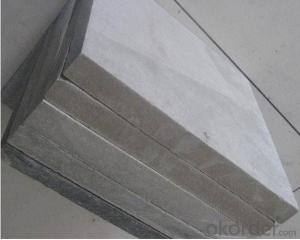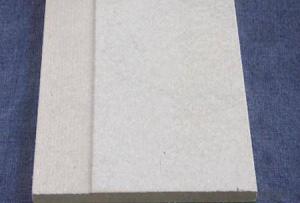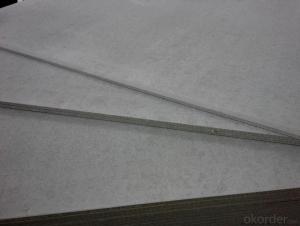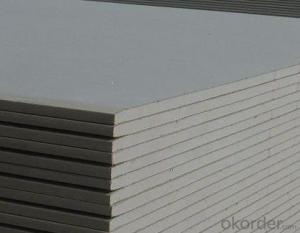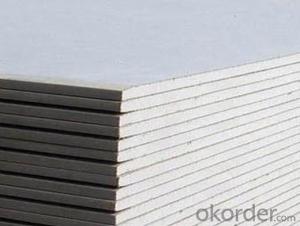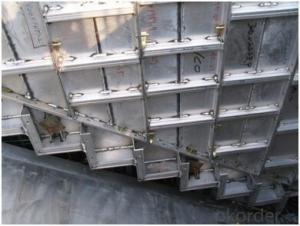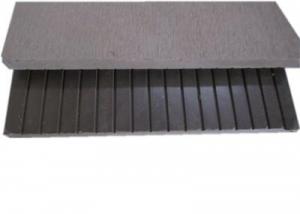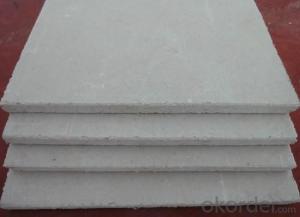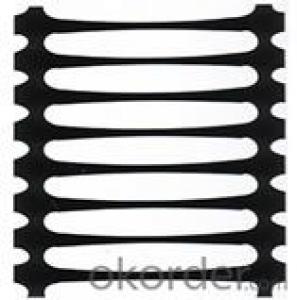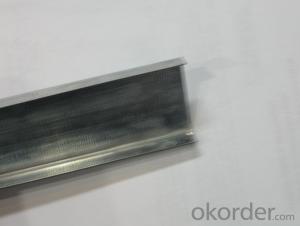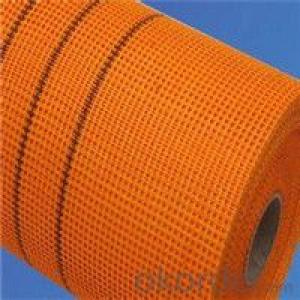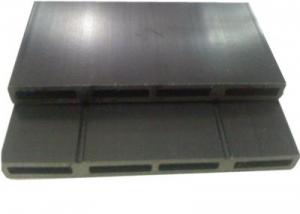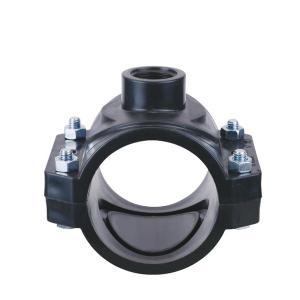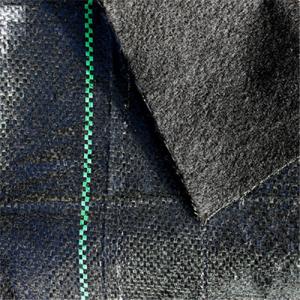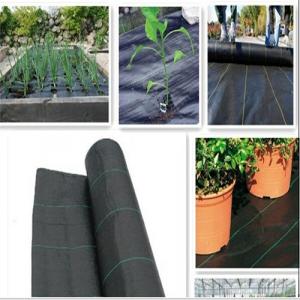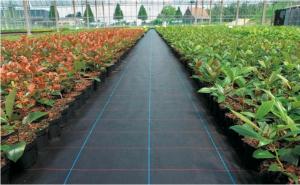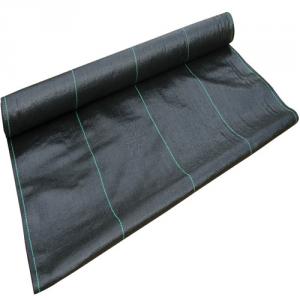Reinforcing Retaining Wall
Reinforcing Retaining Wall Related Searches
Best Stainless Steel For Knives Primer For Galvanized Steel H S Code For Stainless Steel Wd 40 For Stainless Steel Spray Paint For Stainless Steel Glue For Stainless Steel Stainless Steel For Bbq Step Bit For Stainless Steel Sponge For Stainless Steel Coatings For Stainless SteelHot Searches
Steel Mesh Panels For Sale Price For Stainless Steel Scrap Scrap Price For Stainless Steel Price For Stainless Steel Stainless Steel Tank For Sale Cheap High Tea Sets For Sale Stainless Steel Tanks For Sale Stainless Steel For Sale High Density Fiberboard For Sale Solar Hot Water Collectors For Sale Scaffolding For Sale In Uae Scaffolding For Sale In Ireland Scaffolding For Sale In Houston Type Of Inverter For Solar Price Of Shipping Containers For Sale Types Of Inverter For Solar Stock Price For Aluminum Used Solar Inverter For Sale Portable Led Signs For Sale Used Foam Board Insulation For SaleReinforcing Retaining Wall Supplier & Manufacturer from China
Okorder.com is a professional Reinforcing Retaining Wall supplier & manufacturer, offers integrated one-stop services including real-time quoting and online cargo tracking. We are funded by CNBM Group, a Fortune 500 enterprise and the largest Reinforcing Retaining Wall firm in China.Hot Products
FAQ
- The installation guidelines for geotextiles used in erosion control blankets typically involve preparing the site by removing any vegetation, debris, or loose soil. The geotextile is then unrolled and placed over the desired area, ensuring it is smooth and wrinkle-free. It is important to secure the edges of the geotextile using stakes or pins to prevent movement. Additionally, proper overlap and anchoring techniques should be employed to ensure optimal erosion control. It is always recommended to consult the specific manufacturer's guidelines for detailed instructions.
- Application standard of filament geotextile
- National standard for filament geotextiles GB / T-1998 Geosynthetics Filament anti - sticking acupuncture non - woven geotextiles, the latest standard GB / T - 2008.
- Yes, geotextiles are suitable for use in geogrid reinforced embankments. Geotextiles provide separation and filtration properties, which help to prevent soil erosion and ensure the stability of the embankment. They also enhance the overall performance of the geogrid by improving load distribution and reducing differential settlement. Therefore, using geotextiles in conjunction with geogrids is a common and effective method for reinforcing embankments.
- What is the application of geotextile?
- Water conservancy project dam and slope protection of the filter, channel isolation, anti - seepage. ⒉ road, railway, airport runway foundation isolation, filter, drainage, soil slope, retaining wall and road reinforcement, drainage. ⒊ port engineering soft foundation treatment, beach embankment, harbor wharf and breakwater reinforcement, drainage. ⒋ landfill, thermal power plant ash dam, mine tailings dam isolation, seepage control.
- Basement roof cover soil thickness and geotextile shop in what position,
- The basement roof to do waterproof, covered with drainage board, and then laying in the drainage board geotextile, and then cover the geotextile 80 cm of soil. Huazhi geotextile material manufacturers
- Yes, geotextiles can be used for reinforcement of paved surfaces. Geotextiles are commonly used in civil engineering projects as a way to enhance the performance and longevity of paved surfaces. They provide reinforcement and stabilization by distributing loads and reducing the risk of cracking, rutting, and other forms of pavement distress. Additionally, geotextiles can also serve as a barrier against moisture and prevent the intrusion of fine particles into the pavement layers.
- Geotextiles are used in landfill construction to provide reinforcement, separation, and filtration functions. They are placed between the layers of soil and waste materials to help prevent soil erosion, enhance the stability of the landfill, and prevent the mixing of different soil layers. Additionally, geotextiles act as a filter to allow the passage of water while preventing the migration of fine particles, thus reducing the risk of contamination.
- There are several key considerations for geotextile installation in cold climates. First, it is important to choose a geotextile material that is specifically designed for cold weather conditions. This ensures that the material will not become brittle or easily damaged in freezing temperatures. Additionally, proper site preparation is crucial, including removing snow and ice from the installation area to ensure a stable base for the geotextile. It is also important to properly anchor the geotextile to prevent shifting or movement due to freeze-thaw cycles. Overall, careful selection of materials and proper installation techniques are essential for successful geotextile installation in cold climates.

